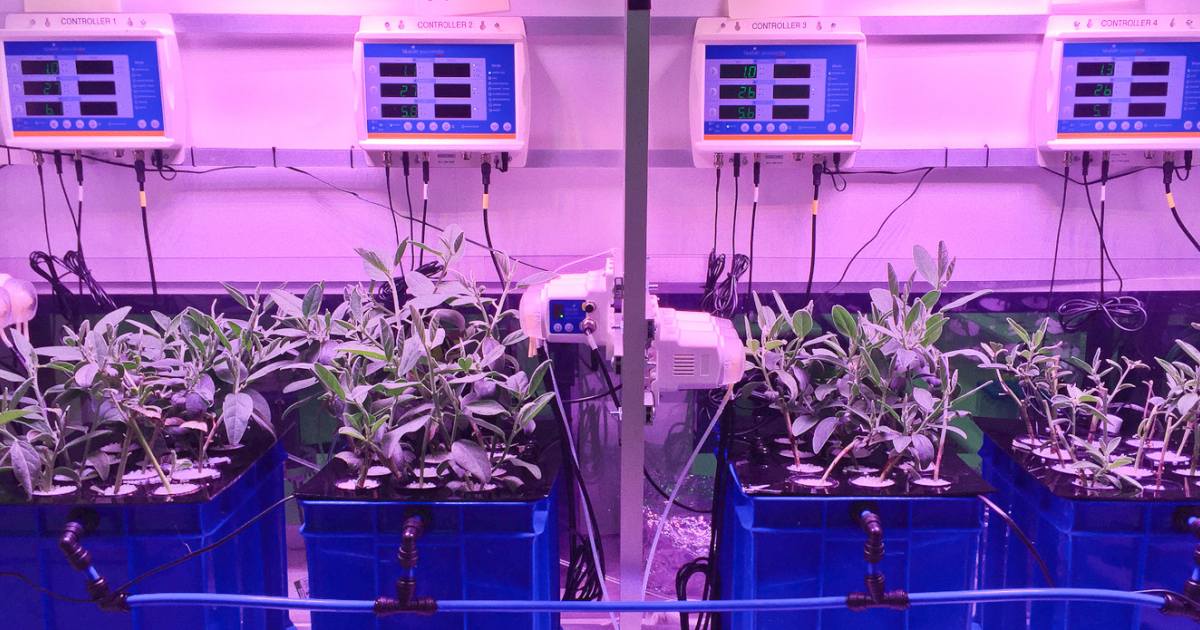
Researching the potential for plants to pull battery metals out of the ground has received backing from the Queensland Government.
The renewable energy revolution requires a lot of resources – metals, metalloids and non-metals. While the bad news is these will have to be sourced through mining in its various forms, the good news is they can be reused.
Still, one of the challenges is reducing the impact of the first bit – extraction. As part of this effort, Queensland’s Palaszczuk Government has just invested $1 million in a joint study with the University of Queensland’s Sustainable Minerals Institute.
Some Australian native plant species can act as “hyperaccumulators”; extracting rare earth metals and other elements from the ground as they grow through a process dubbed “phytomining”.
“In a commercial environment, this could mean plants could be used to extract minerals and that means less of a need to disrupt the ground,” said Queensland Resources Minister Scott Stewart. “Or they could be used to extract minerals from tailings during mine rehabilitation which can then be sold”
Existing research indicates hyperaccumulators on a nickel-rich site such as a mine tailings dam could yield 300kg of nickel per hectare every year (around $8,000 worth per year at current nickel prices).
The Sustainable Minerals Institute’s research involves native plants such as selenium weed and a variety of macadamia tree. Selenium weed, Neptunia amplexicaulis, is reportedly one of the strongest Se hyperaccumulators known on Earth. Selenium has applications for solar cells and batteries – the first solid-state solar cell fabricated more than 140 years ago was based on selenium.
The QLD Government and UQ Sustainable Minerals Institute study and will run for four and a half years. Among the test sites are the Phosphate Hill mine, the closed Mary Kathleen mine near Cloncurry, and Peak Range in Central Queensland.
Growing Metals Demand, Growing Challenges
While phytomining will never become to the go-to method for extracting battery metals and other materials, UQ’s Professor Rick Valenta says various metals are going to be increasingly important for society as uptake of renewable energy technologies and electric vehicles continues.
“But these critical metals are becoming increasingly difficult for the mining industry to access due to environmental, social, governance and technical factors,” he says. “Without supporting alternative methods of extracting these critical metals, the mining industry may find that is unable to keep up with the growing demand for them.”
The other side of this is hyperaccumulators also have potential for phytoremediation – cleaning up other toxic sites that are the legacy of our fossil fuel addiction. For example, selenium and lead is concentrated in coal ash.
And on a related note, a hyperaccumulator showing a lot of promise is hemp; which shouldn’t be confused with marijuana. While both are types of cannabis, hemp is very low in the intoxicating cannabinoid THC, so it has zero “recreational” value. The great thing about hemp is multiple crops can be planted and harvested per year and the resulting biomass has myriad other uses – including potentially using hemp for energy storage.

 RSS - Posts
RSS - Posts



The hemp could also be burned as a biofuel no? While the notion might make the THC addicts cry, it would be a way of killing 3 or more birds with a single stone.
– Land remediation
– Productive use of infertile\toxic land
– Biofuel
– ???